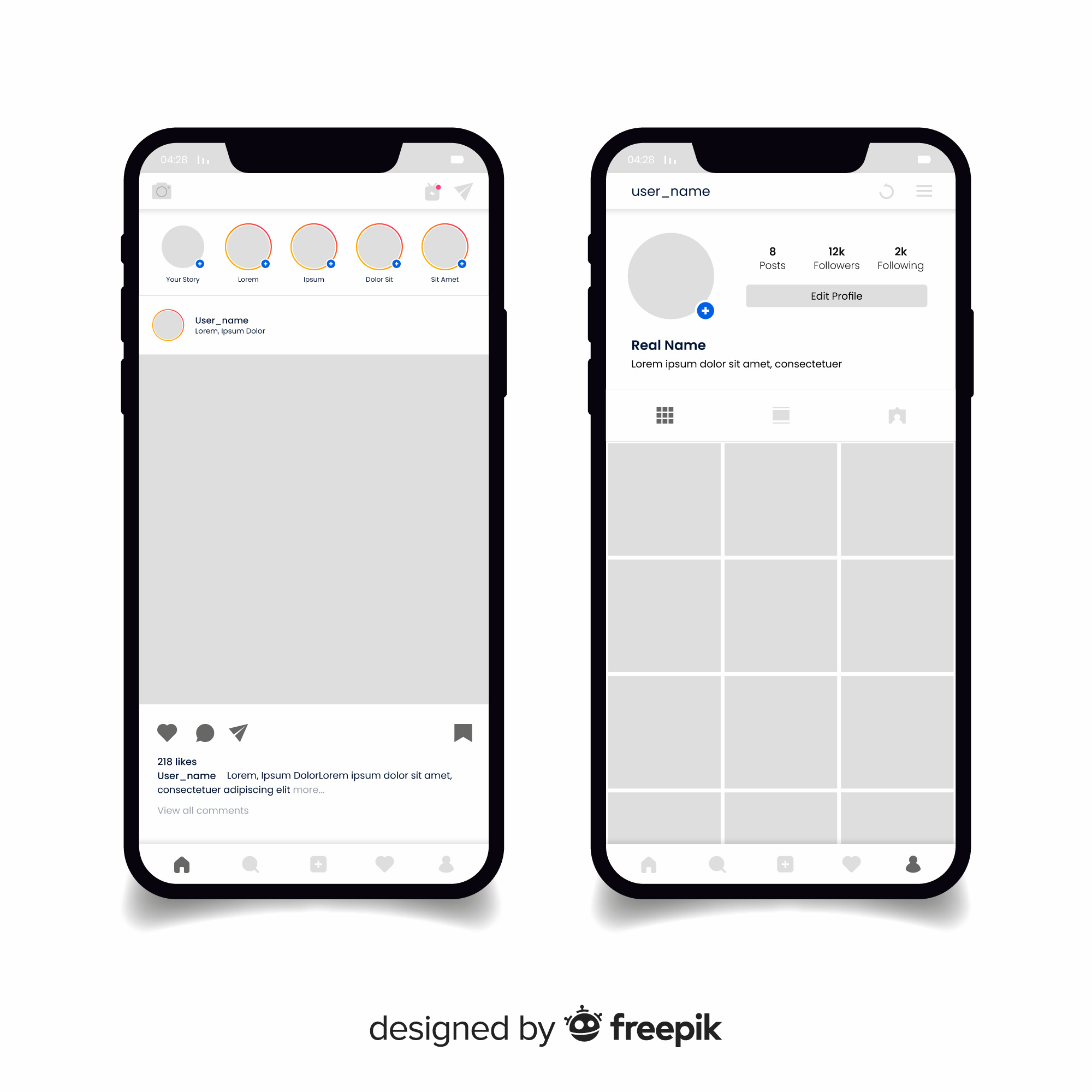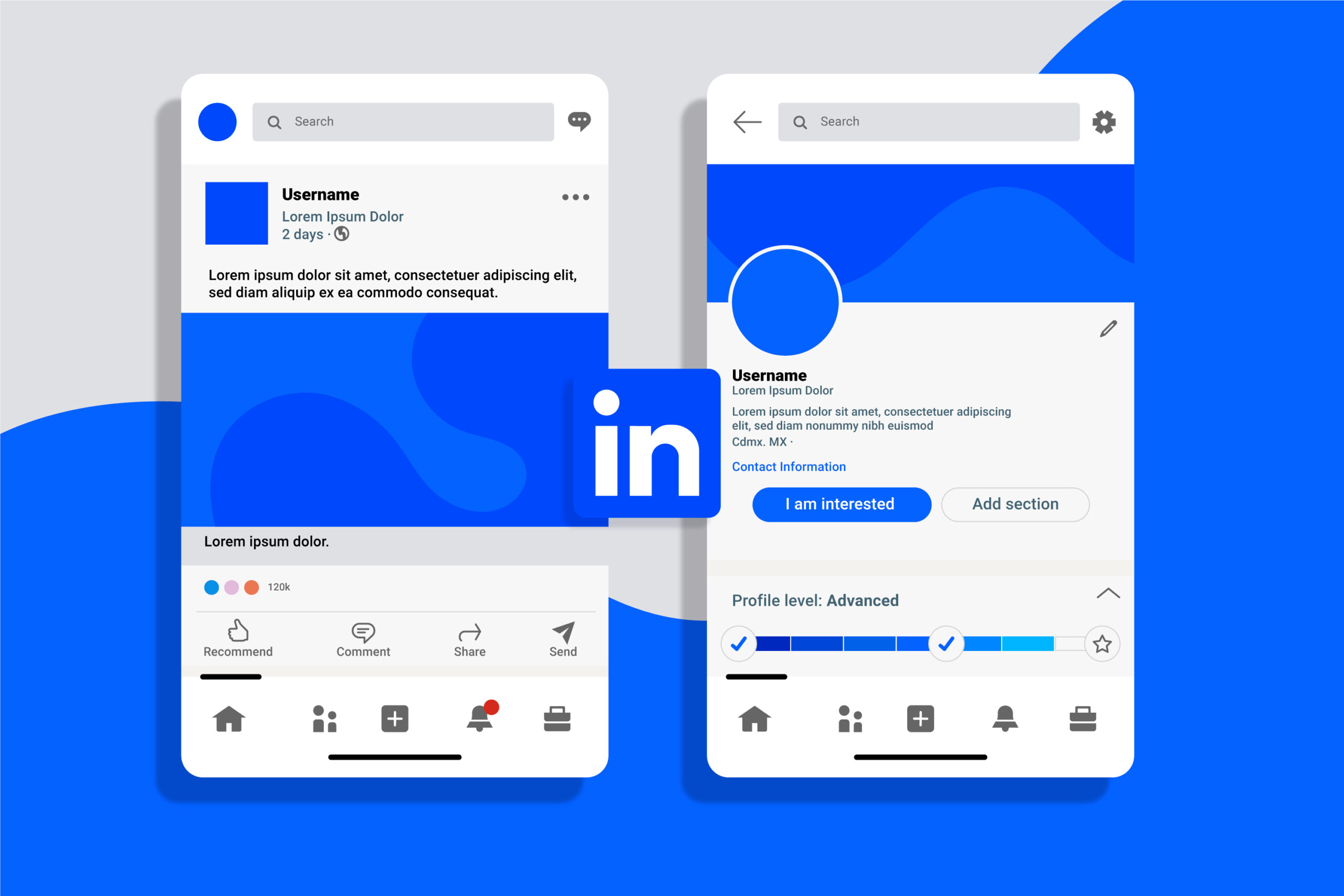Media backlinks are some of the most powerful and authoritative backlinks on the planet! Therefore, it goes without saying that attracting these links should be a top priority.
When reputable media outlets link to your content, it is a clear indicator that your website is an authoritative and trustworthy source. However, getting solid media backlinks isn’t easy, so to effectively attract media backlinks, it is essential to employ strategic social media tactics that engage both influencers and journalists.
Firstly, what are media backlinks?
Simply, media backlinks are incoming links from high-quality media websites (like CNN or BBC) to your business’s website.
These links are valuable because they enhance the reputation of your brand first and foremost.
Additionally, these links are key because they help to improve organic search visibility and drive ultra-targeted traffic. Media backlinks are often considered more authoritative than regular backlinks (from popular blogs), as they come from internationally recognized sources with an established online presence.
Social Media Tactics For Backlinks
Social media can be an incredibly powerful vessel for attracting backlinks, but, you need to prioritise content. If you create content that is good enough and it gains visibility then you may well attract media backlinks.
While it’s always important to create content that captivates your audience’s attention and encourages sharing, you also need to make it media friendly, accurate, and quotable.
Social Media
Leverage the power of social media to attract media links for yourSbusiness. By sharing your articles on social media platforms and highlighting key facts, stats, and research, you can entice readers, including journalists and influencers, who may then link back to your content.
First, create high-quality articles that provide valuable insights, industry trends, or practical tips related to your SaaS business. Craft attention-grabbing headlines and introductions that pique curiosity and encourage readers to click and explore further.
Within your articles, strategically place key facts, statistics, and research findings that are compelling and relevant to your target audience. These data points should be shareable and easily digestible, making them ideal for social media posts.
Next, extract bite-sized highlights or quotable snippets from your articles and turn them into social media-friendly graphics or text-based posts. These highlights should be attention-grabbing, thought-provoking, and shareable to catch the interest of readers and potentially spark media attention.
Also try to actively engage with influencers and journalists in your industry on social media platforms. Share their articles, comment on their posts, and provide valuable insights to establish yourself as a trusted and knowledgeable source. This engagement can potentially lead to collaborations, mentions, and backlinks.
Be sure to also regularly monitor social media platforms for mentions of your brand, industry, or related topics. Engage in discussions and provide additional value by sharing your articles when they are relevant to the conversation. This proactive approach can attract attention from both readers and media professionals.
Finally, include social sharing buttons on your articles to make it easy for readers to share your content across their social networks. By encouraging social sharing, you increase the likelihood of your articles reaching a wider audience, including media professionals who may discover and link back to your content.
By strategically utilizing social media to share your articles and highlight key facts, stats, and research, you can create buzz, attract readers, and increase the chances of media professionals linking back to your business. Remember to consistently engage with your audience, provide valuable insights, and cultivate relationships to maximize your reach and impact.
Connect with the Media on Social Media and Foster Relationships
Social media has become a valuable platform for connecting with journalists, reporters, and media professionals. By actively engaging with the media on social media and fostering relationships, you can position yourself as a reliable source and increase the likelihood of attracting backlinks.
Identify media professionals, journalists, and publications relevant to your industry and follow them on social media platforms such as Twitter, LinkedIn, and Facebook. Like, comment, and share their content to show your support and start building a rapport.
Also, be responsive and available to provide insights, expert opinions, or quotes when media professionals seek industry expertise. Monitor relevant hashtags or discussions related to your niche and contribute valuable information. This positions you as a go-to resource and increases the chances of being cited or linked to in media articles.
Some journalists may be interested in publishing insider stories or behind-the-scenes glimpses of your business. Be open to sharing exclusive content, conducting interviews, or offering unique perspectives. This not only strengthens your relationship with the media but also increases the likelihood of receiving backlinks when they reference your insights.
Finally, always be willing to explore opportunities to contribute guest posts or participate in interviews for media outlets in your industry. These collaborations provide exposure, build credibility, and often include backlinks to your website or specific articles.
Remember, building these connections takes time and effort. Stay proactive, responsive, and genuine in your interactions. By nurturing these relationships on social media, you not only enhance your chances of obtaining valuable backlinks but also create long-term partnerships that can mutually benefit both your brand and the media professionals you engage with.
Bonus Tip
Finally, HARO can be a great strategy for obtaining media links for your business. For those that don’t know, HARO is a platform that connects journalists and reporters with industry experts and sources for their news stories.
Using HARO can be a powerful tool to gain media links and increase your brand’s visibility.
It’s easy too. Just register as a source on HARO and receive email notifications with queries from journalists seeking expert opinions in your industry. Monitor these queries regularly to identify opportunities where you can provide valuable insights.
When responding to HARO queries, ensure your pitches are concise, compelling, and relevant to the journalist’s needs. Highlight your expertise and provide unique perspectives that can contribute to the story. Personalize your pitch to stand out among other responses.
Next, position yourself as a credible source by offering data, statistics, case studies, or industry-specific knowledge. Demonstrate your expertise and how your insights can benefit the journalist’s audience. By providing valuable information, you increase the chances of being quoted and receiving a media link.
Make sure that you always pay close attention to journalists’ requirements and deadlines. Make sure your pitch aligns with their specific needs and guidelines. Following instructions and delivering what they’re looking for enhances your chances of being featured and receiving a backlink.
If a journalist uses your insights or quotes you in their article, express gratitude and offer further assistance. Building relationships with journalists can lead to recurring opportunities for media links in the future.
Remember, HARO is a competitive platform, so be proactive, responsive, and provide unique perspectives to increase your chances of securing media links for your SaaS business.



